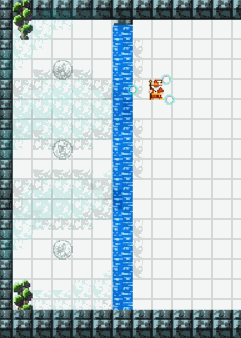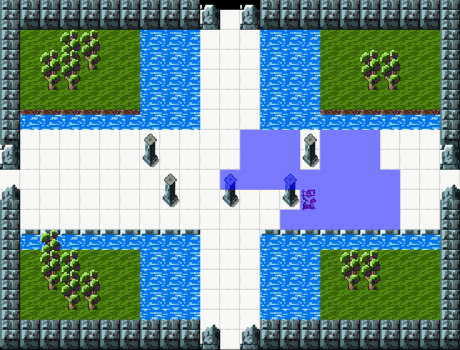I’m constantly coming up with ideas for whatever game I’m working on. I never have time to try them all, so I tend to bank the riskier ones for use in a sequel. But we’re still in the prototype stage in Soulcaster 3, so it’s the perfect opportunity to test a new combat idea I had last week. Once I saw this in action, I felt an excitement I haven’t felt yet in this project.

OG Soulcaster players will immediately see what the difference is here. Instead of recalling summons one at a time and placing them only when you have an orb available, you can now queue up “future summons” with markers. As the existing summons are recalled or destroyed, the orbs powering them will look for a marker to inhabit and spawn a new summon. If there aren’t any, the orbs zoom back to the player.
I haven’t exhaustively tested this yet, but in basic test arenas, it allows for much more strategic play. In the original games, if your defensive line collapsed and you had to reform your summons in a good formation, you were struggling to place them while kiting enemies, and since they appeared one at a time, they were way less effective. This way, you can have a whole new formation set up ahead of time to get back on your feet quickly.
Even better, it gives the player something to do while the guardians attack the enemies. You can choose where to take the battle next based on which monsters are appearing.
One new challenge with this system is what to do if the monsters walk over the markers before the orbs get to them. Should they get destroyed? Or do they only break if the orb reaches them and a monster is still walking over them? There are only a few options for what to do, so I will just try out a few things and see what feels best.
